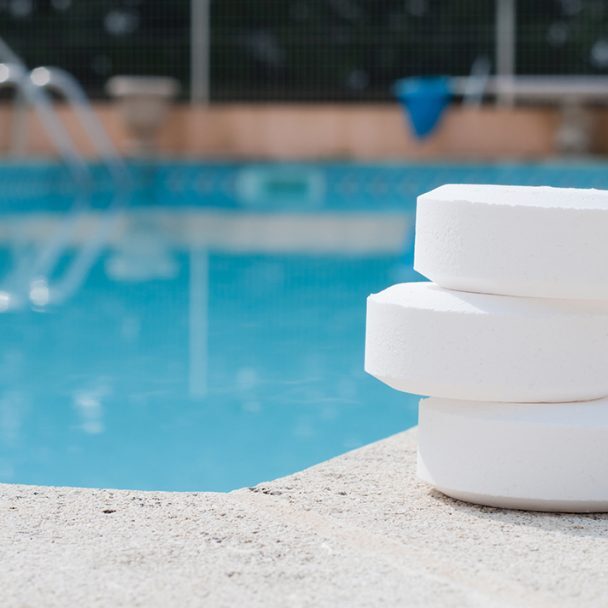Landscaping around your backyard pool should be a labour of love, not an exercise in frustration. Here are our top 10 tips for creating a private oasis that will give you many years of poolside enjoyment.
-
1. Say no to messy plants and trees.
You don’t want plant debris like cones, needles, leaves, fruit and flowers to drop into your pool or stain your deck or concrete patio. Species to take off your list include larch trees, willow, poplar, black walnut and fruit trees.
-
2. Plant for privacy, but not for shade.
You’ll want to maximize the sun exposure on your pool if you want to swim earlier and later in the season, so don’t plant trees close to the pool, or stick to smaller species, such as serviceberry. Choose dwarf varieties of larger plants, and prune when needed. Privacy plants include ornamental grasses and bushes such as ninebark, dogwood and cedars. You can also grow perennial climbing vines, such as clematis and hydrangea, up a chain link fence for privacy.
-
3. Plant with the future in mind.
We all want instant gratification, but when it comes to landscaping, impatience can result in an overcrowded landscape and plants that, at maturity, are too close to your pool and other structures. Consider the full-grown height and breadth of your plantings and plan accordingly
-
4. Choose chlorine-tolerant plants.
Even if you have a salt-water system in your pool, you’ll still need to plant chlorine-tolerant varieties. In southern Ontario, hardy plants include groundcovers like ivy. Keep all plants at least a metre from the splash zone.
-
5. Choose people-friendly plants.
Fruit trees will attract wasps. Brightly coloured flowers attract bees. Roses have thorns and some ornamental grasses have sharp leaves that can give bare skin the equivalent of a paper cut. Some plants have poisonous berries. Go for interesting foliage instead of flowers, or plants whose blooms aren’t pollinator-magnets, such as foxglove, geraniums, zinnias and mums.
-
6. Don’t forget winter interest.
Evergreens and plants with interesting bark are great options.
-
7. Design for drought.
Dark-coloured concrete or a dark deck will absorb heat, which will be transferred to nearby plants, so opt for drought-tolerant plants. A clue to drought tolerance is in a plant’s leaves; small, thick, waxy leaves will lose less water in a hot environment than large, thin leaves.
-
8. Know your roots.
Plants, especially trees, with deep root systems can compromise the integrity of your pool structure as they grow. Avoid willow, poplar, sumac, maple, birch and species with vigorous roots such as wisteria.
-
9. Plan for maintenance.
Emptying filters and draining the pool are tasks that can douse plants in large amounts of chlorinated water, so plan your landscaping with a knowledge of where those activities will take place.
-
10. Cut (out) the grass.
Grass clippings will get tracked into your pool, no matter how far you think that patch of golf green is from the poolside. Plus, wouldn’t you rather be swimming than mowing?
Ready to picture your paradise? Why not try our Backyard Builder?
RELATED ARTICLES
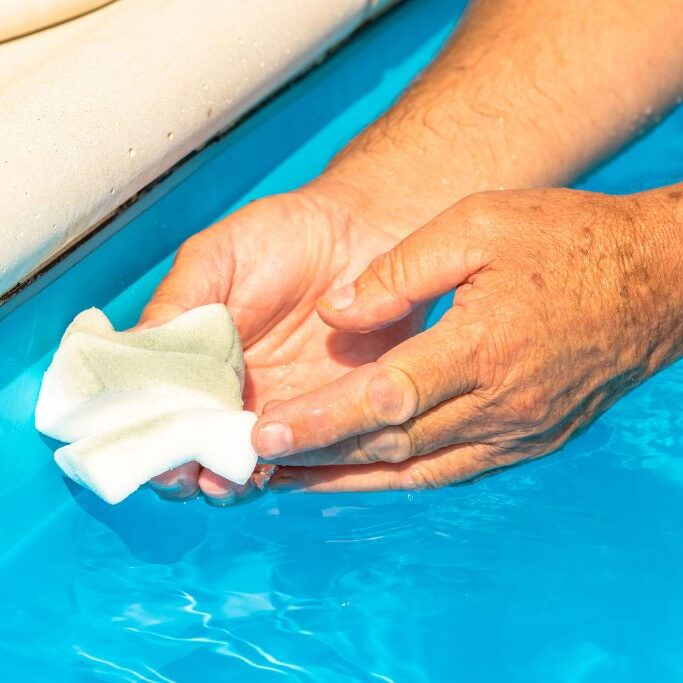
How to Treat and Prevent Metals and Staining
How to treat and prevent metals and staining Metals can be introduced into the water through foreign object or equipment, such as copper piping and fittings, heat exchanger, using copper sulphate and other copper-based algaecides, or source water. The presence of metals in pool water may cause staining to the liner, fiberglass, or concrete as…

Should I finance my pool purchase?
In its most formal application, contrast hydrotherapy involves alternating between immersion in hot and cold water. It’s a practice with growing popularity among athletes and health enthusiasts for its many reported benefits.
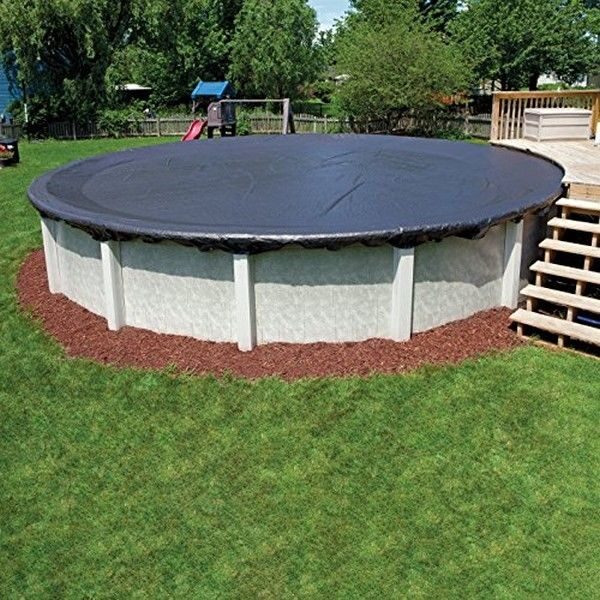
Above Ground Pool Closing Instructions
How to close your above ground pool Pool Closing Steps One week prior to closing, bring a pool water sample to the store so your pool can be properly balanced. It is natural for sitting water to become acidic on its own so balancing the water is very important prior to closing your pool One…
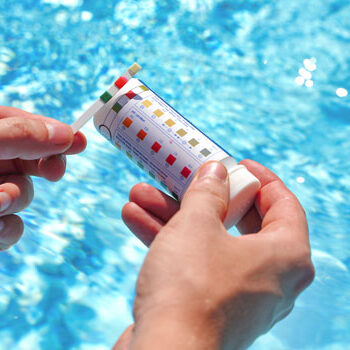
The Benefits of Borate to Treat Your Pool
Why Your Should Use Borate In Your Pool What is Borate? Borate prevents pH drifting, which results in calcium scaling, metal stains, cloudy water, algae, and hard pool water. When you use borate, the water will remain clear for a long period since chloramine (or combined chlorine) does not form quickly as compared to a…
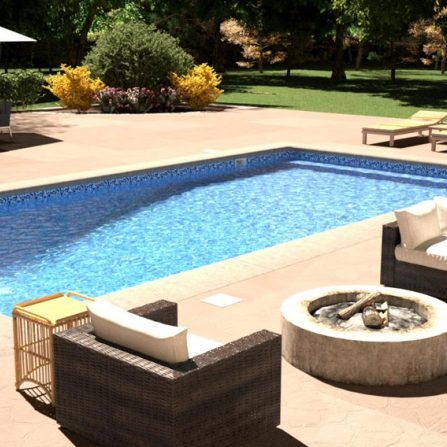
How to Reduce Phosphates in Your Pool
How to Reduce Pool Phosphates What are phosphates? Phosphates are food for algae. Although they are present in all water, once they reach a certain level they can cause issues in your pool. Phosphates can consume chlorine causing a consistently low level in your pool. When you have an extremely low chlorine reading, your pool…
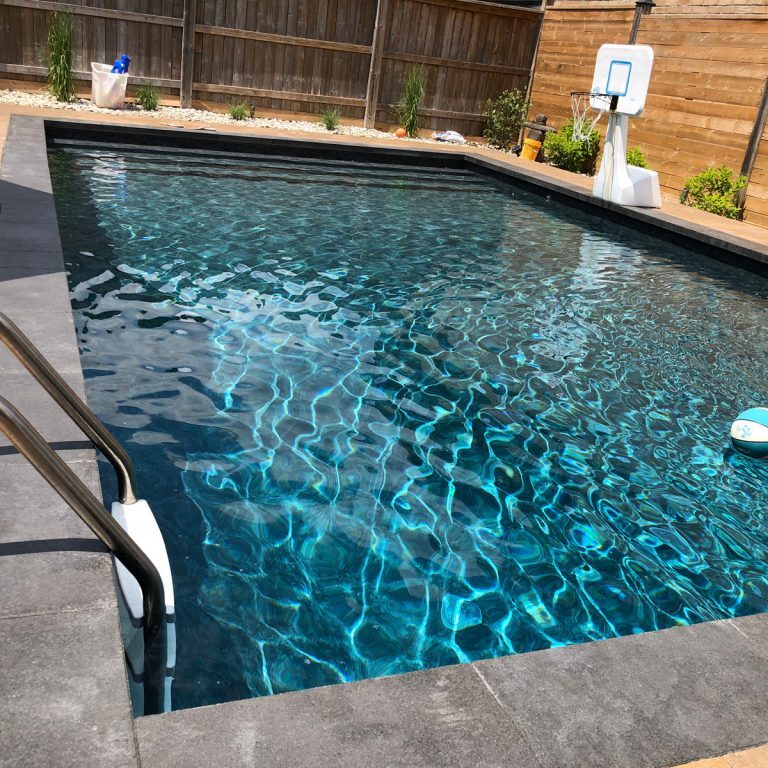
Spring Set-up for Pool UV Systems
How To Open Your Pool’s UV System SET-UP INSTRUCTIONS When spring arrives, it’s time to pull out your UV system and get it ready for the summer pool season. Below is a checklist that will help in getting the most out of your system. If your UV system is still installed on your pool equipment,…
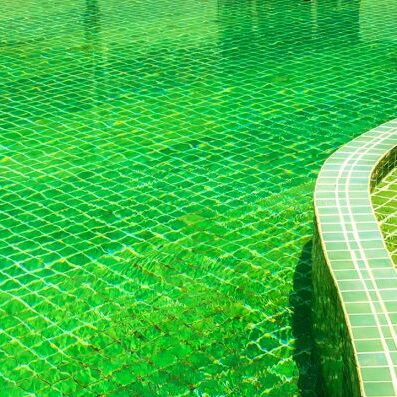
How to Treat Pool Algae
How to Treat and Prevent Algae How to Treat and Prevent Algae – Spring Opening Green pools are often caused by algae growth in the water. This could take on the form of patches of green, yellow or black substances that fluffs into the water when touched or stirred. The water may have discoloration, usually…
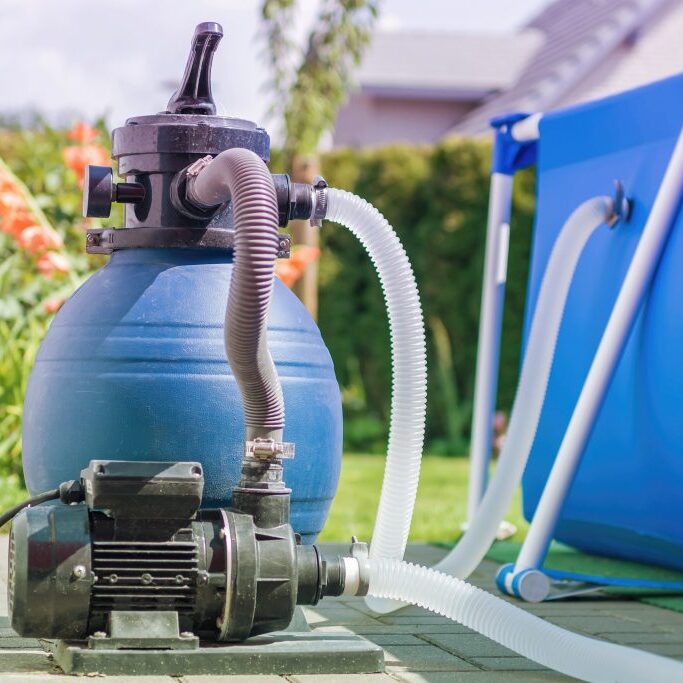
How to Change & Clean the Filter Media
How to Clean & Change a sand filter How to Clean a Sand Filter Sand filters should be cleaned at least once per season, preferably in the fall before closing. You must clean your sand filter after encountering bouts of algae. Backwash the filter for 3-5 minutes to ensure large organic debris is out of…

How to Clean a Pool Salt Cell
How to Clean a Salt Cell Why Clean My Salt Cell? It is important to maintain a clean salt cell so chlorine can be continuously produced. Salt cells that have a lot of scale or calcium build up can not effectively produce sanitizer and often create flow issues within the pool system. You should check…
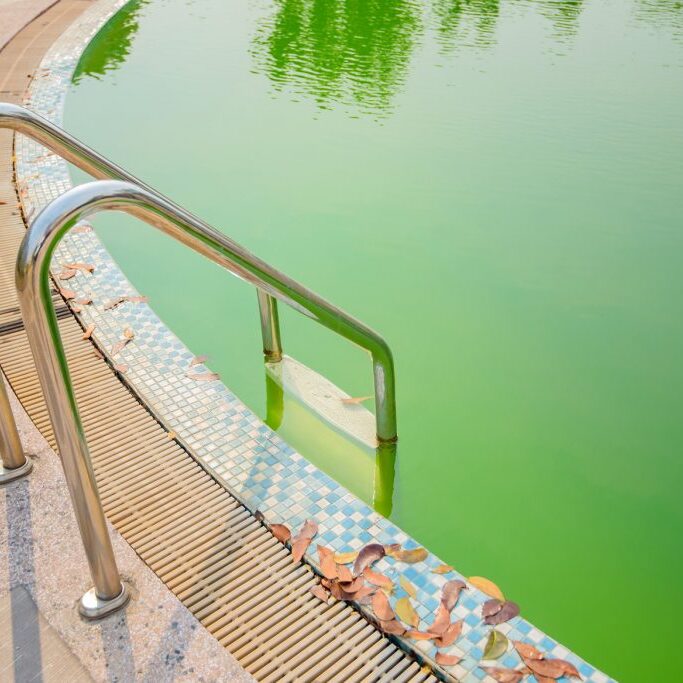
How to Treat and Prevent Cloudy or Foggy Pool Water
How to Treat and Prevent Cloudy or Foggy Water What Causes Cloudy Water? Foggy/Cloudy pools may occur due to a number of reasons. Cloudy water largely occurs because of poor water balance, lack of circulation, poor filtration or the depletion of chlorine/bromine. It can also occur due to dead algae, dirty or old filter sand,…

Pool Filter Cartridge Cleaning Instructions
How To Clean A Pool Filter Cartridge When should a cartridge element be cleaned? For swimming pools, clean the cartridge when filter canister pressure reaches 10-12 PSI above the initial system or new cartridge starting pressure. Cartridges should be rinsed at least once every 2 weeks. Cartridges should be chemically cleaned in Filter Cleaner at…

Maintenance for Saltwater Pools
Saltwater pool maintenance HELPFUL TIPS TO KEEP IN MIND WHEN MAINTAINING YOUR POOL NEW POOL OR NEW LINER CUSTOMERS:PLEASE BRING IN A WATER SAMPLE (IN THE SAMPLE BOTTLE PROVIDED) TO BUDS SPAS AND POOLS BEFORE ADDING ANY CHEMICALS AND/OR BEFORE ENTERING YOUR POOL FOR THE FIRST TIME. Pool maintenance steps 1. Test kits or strips…
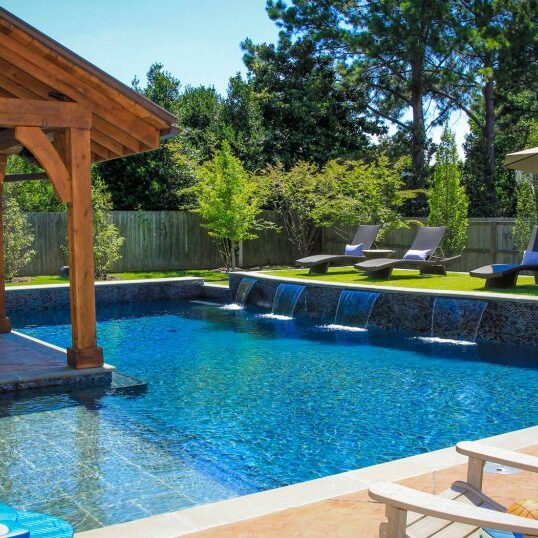
Maintenance for Non-Saltwater Pools
Non-saltwater pool maintenance HELPFUL TIPS TO KEEP IN MIND WHEN MAINTAINING YOUR POOL NEW POOL OR NEW LINER CUSTOMERS:PLEASE BRING IN A WATER SAMPLE (IN THE SAMPLE BOTTLE PROVIDED) TO BUDS SPAS AND POOLS BEFORE ADDING ANY CHEMICALS AND/OR BEFORE ENTERING YOUR POOL FOR THE FIRST TIME. Filtration To maintain proper filtration the pump should…

Inground Pool Closing Instructions
Pool Closing Instructions Follow these steps to properly close your pool this year One week prior to closing, bring in a pool water sample so that your pool can be properly balanced for the winter months. 24 hours prior to closing the pool, add a dose of Fix to increase the sanitizer in your pool.…
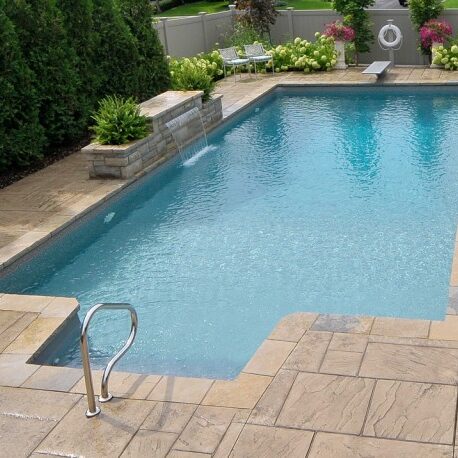
Pool Opening Instructions
Pool Opening Instructions Follow these steps to properly open your pool this year Remove any leaves or debris from the top of your winter cover (this should not go in the pool). Remove the water off of your pool cover by either using a submersible pump or siphon method. When using a submersible pump please…
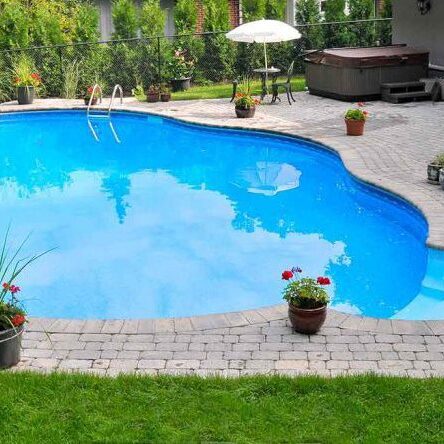
Pool Buying & Installation: The Ultimate Guide
In its most formal application, contrast hydrotherapy involves alternating between immersion in hot and cold water. It’s a practice with growing popularity among athletes and health enthusiasts for its many reported benefits.

How To Protect Your Pool During Forest Fires
A morning soak in your hot tub is the best way to start your day. Experience the benefits of stress relief, relaxation, mental clarity and more!
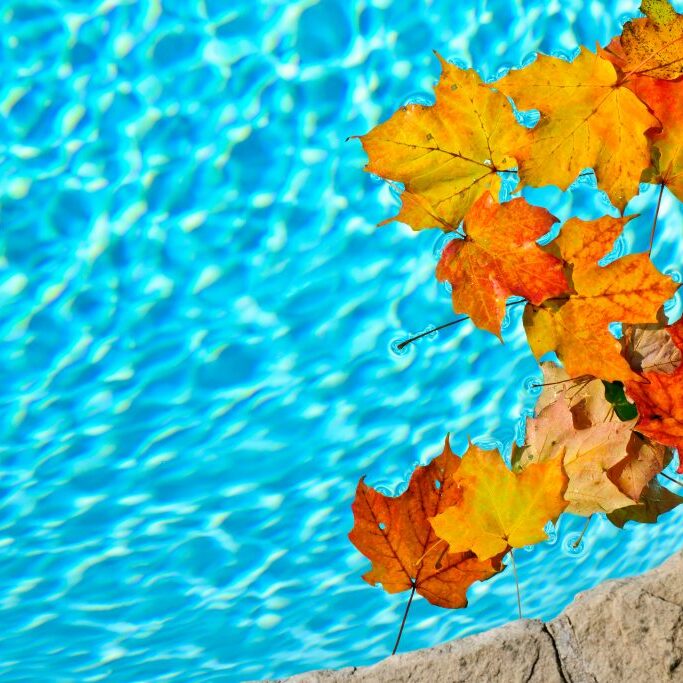
Extend Your Pool’s Swimming Season
Swimming season doesn’t have to be so short! There are things you can do to extend the life of your pool and maximize the swimming season.

